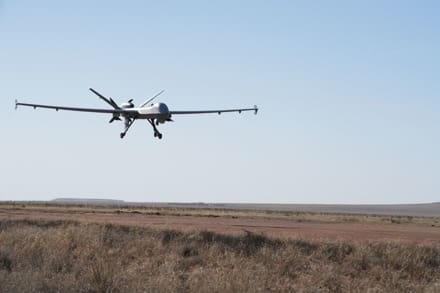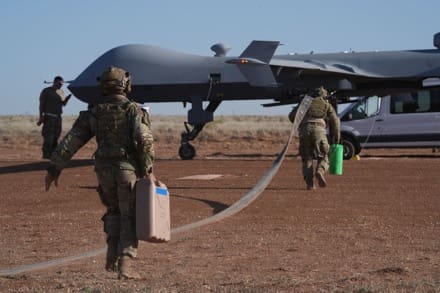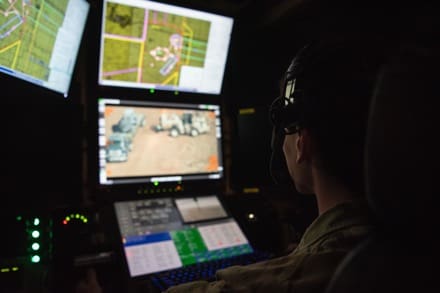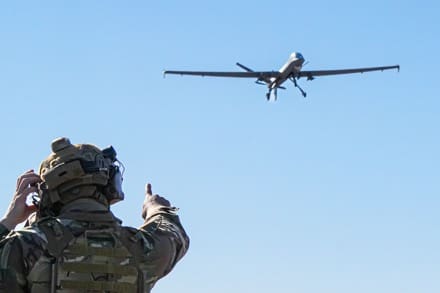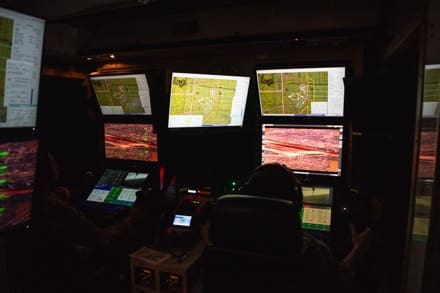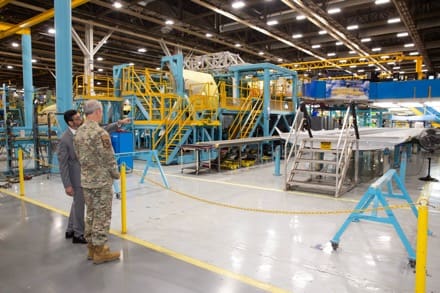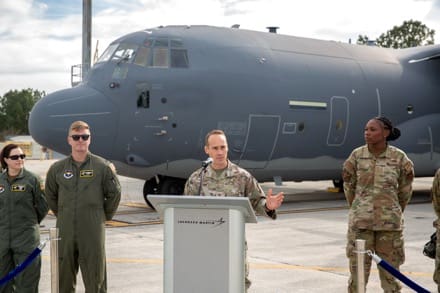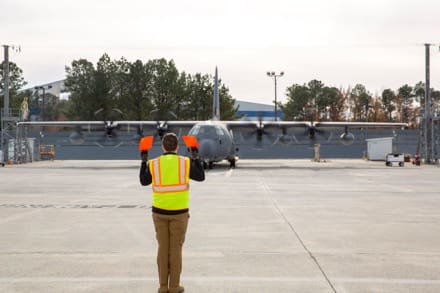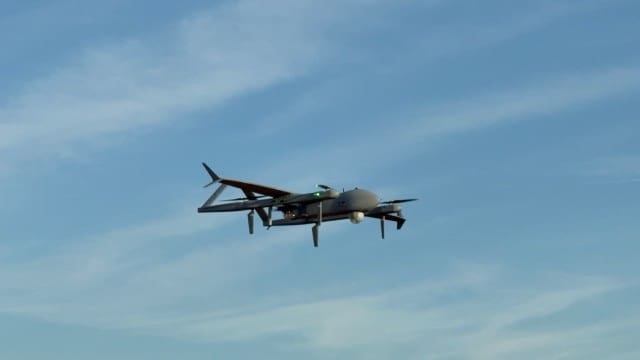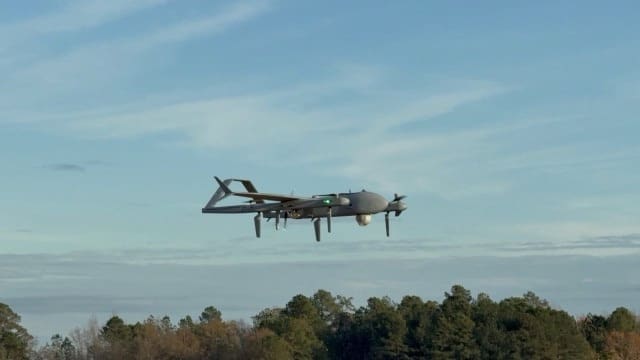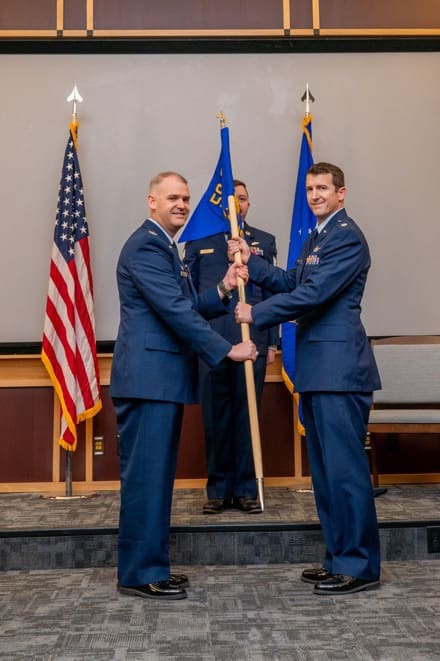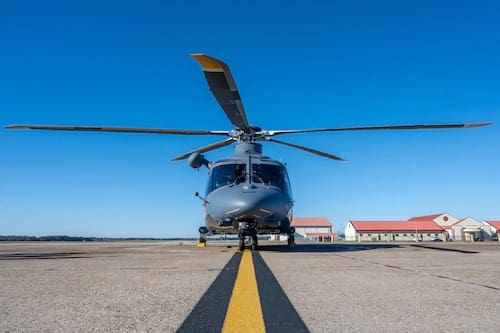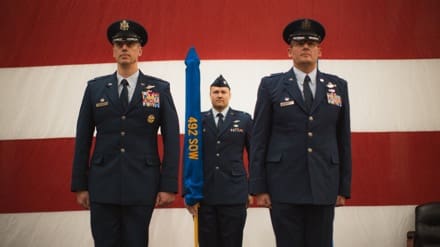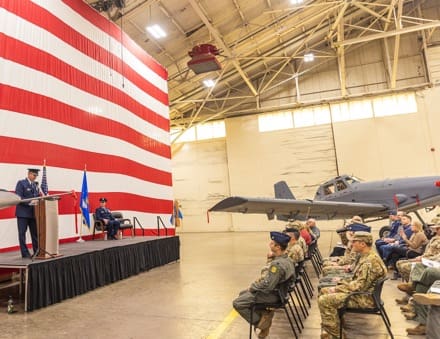WASHINGTON — The Future Long-Range Assault Aircraft, or FLRAA, will dramatically impact the reach of Army Air Assault and how combat casualties are moved off the battlefield and protected.
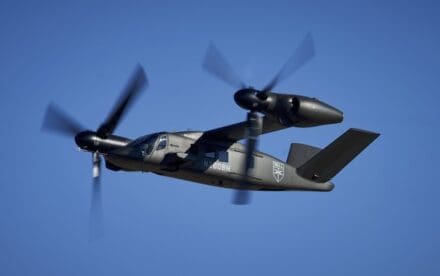
The FLRAA is a medium-lift, tilt-rotor aircraft that will augment or replace a portion of the UH-60 Black Hawk fleet. The Army intends for the aircraft to provide combat aviation brigades with long-range, high-speed utility capability with survivability in contested environments.
With enhanced speed and improved range, the Army wants FLRAA to take the mission twice as far, twice as fast, expanding the size of the battlefield and extending the reach of missions.
“We’re watching the very nature of warfare change,” said Maj. Gen. Clair Gill, commanding general of the Army Aviation Center of Excellence at Fort Novosel, Alabama. “The speed of technology is absolutely meteoric.”
Maj. Gen. Brett Sylvia, commanding general of the 101st Airborne Division (Air Assault) at Fort Campbell, Kentucky, said such swift change is needed because “we can’t actually do the large-scale, long-range air assault today” with the speed and distance required in modern warfare.
“What we can do is, we can build the new techniques and the procedures, build the doctrine, build the structures, understand the sustainment in order to be able to do that with a faster, future aircraft,” Sylvia said.
He said such a mission is defined as the ability to deliver one brigade combat team over 500 miles in one period of darkness, arriving behind enemy lines able to conduct sustained combat operations.
A recent exercise involved the 101st moving a combat team from Fort Campbell to Fort Johnson, Louisiana, a total of 575 miles. Making the move required establishing two mission support sites, six forward arming and refueling points, and positioning about 1,000 soldiers at those sites in advance for support and security, Sylvia said.
“It also took us three periods of darkness,” he said.
However, he said simulations show that by using the FLRAA for such missions instead of the UH-60, the division could take the brigade combat team 575 miles in only one period of darkness.
Sylvia said it would also cut in half the sustainment and security that we need.
The FLRAA is intended to operate and dominate in the air-ground littoral, which is the airspace over areas where Army operations take place.
Brig. Gen. Clinton Murray, commanding general of the Army Medical Center of Excellence at Joint Base San Antonio, Texas, said the planned long-range rotor aircraft will make a huge difference for transporting and protecting casualties.
The FLRAA will allow the Army to more quickly clear the battlefield of casualties, which gives commanders freedom of movement, Murray said.
The new aircraft will move critically injured Soldiers faster, over longer distances, with less need to refuel.
Brig. Gen. Cain Baker, director for the Future Vertical Lift Cross Functional Team at Redstone Arsenal in Huntsville, Alabama, said that FLRAA will positively impact survivability of warfighters through its extended range, ease of picking up and transferring patients, and the fact that the aircraft can communicate to the field hospital staff, allowing medical professionals to know what’s coming before the aircraft arrives.
Baker also noted that FLRAA maintenance crews at the launch point will understand the health of the aircraft before it returns from a mission.
Brig. Gen. David Phillips, Program Executive Officer, Aviation at Redstone Arsenal, Alabama, said the FLRAA program shows how the Army is now engaging in modern aircraft acquisition by going a little slower upfront, with the plan to move faster later.
“That means we’ve got model-based systems engineering. We’ve got standards and interfaces that are defined down to the individual component level,” he said.
What that will enable Army Aviation to do in the future is to bring new capabilities forward more quickly, making updates and changes timelier, Phillips said.
The ways of doing Army acquisitions today are markedly different than what was seen in the past, and FLRAA is a great example of that, Phillips said.
“If you go back and look at the historical timelines for aviation acquisition, this is absolutely an accelerated approach, but it does not sacrifice the rigor in the major program acquisition,” he said.
Phillips said Special Operations Command and allies have come on board early with FLRAA project agreements. The allies want to align their resources for when the U.S. starts exporting this machine in the 2030s, he said.
“This is a very transformational branch right now,” Gill said. The FLRAA is one of the Army’s signature modernization systems representing that change.
By Jonathan Austin, Army News Service



